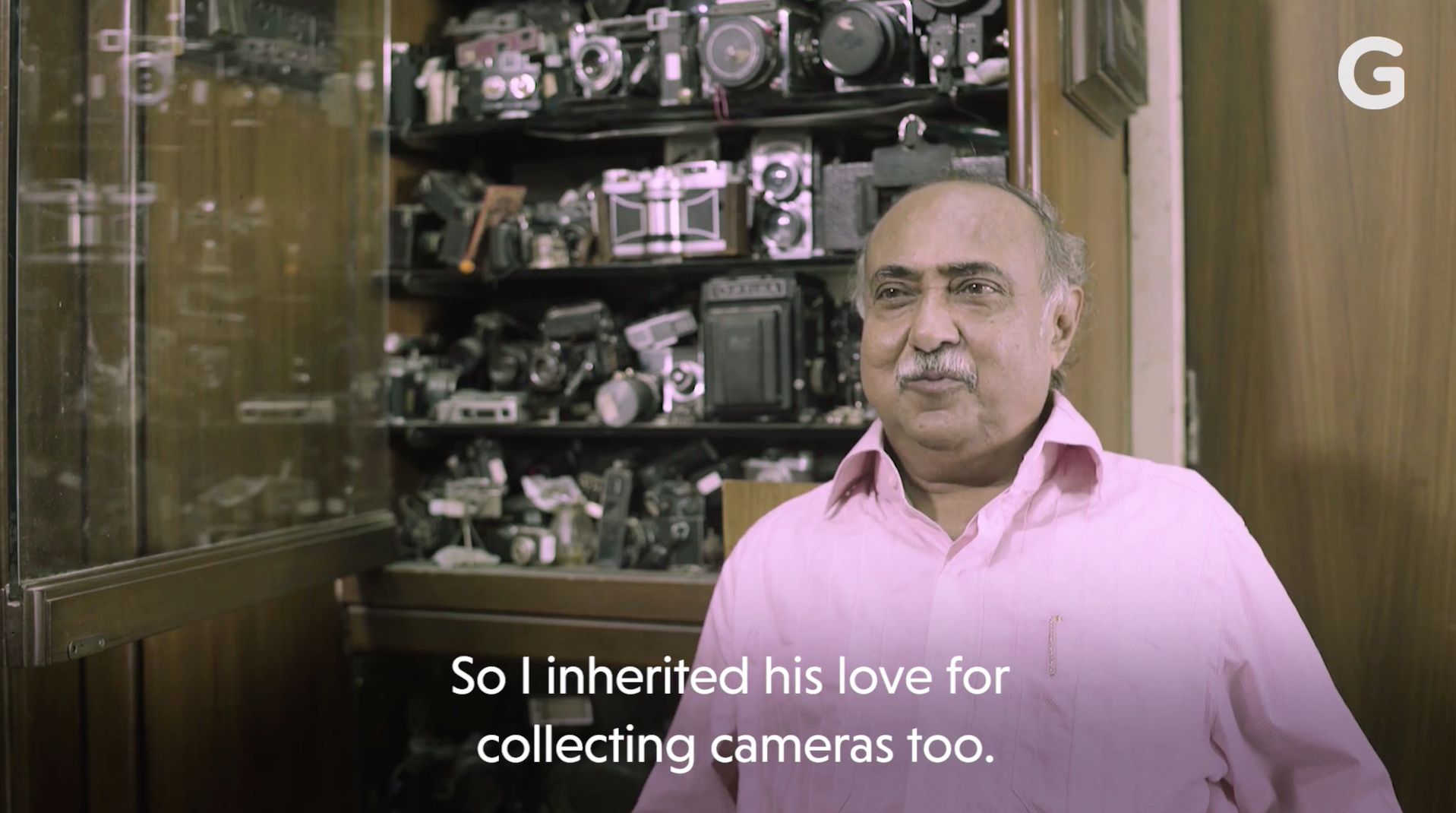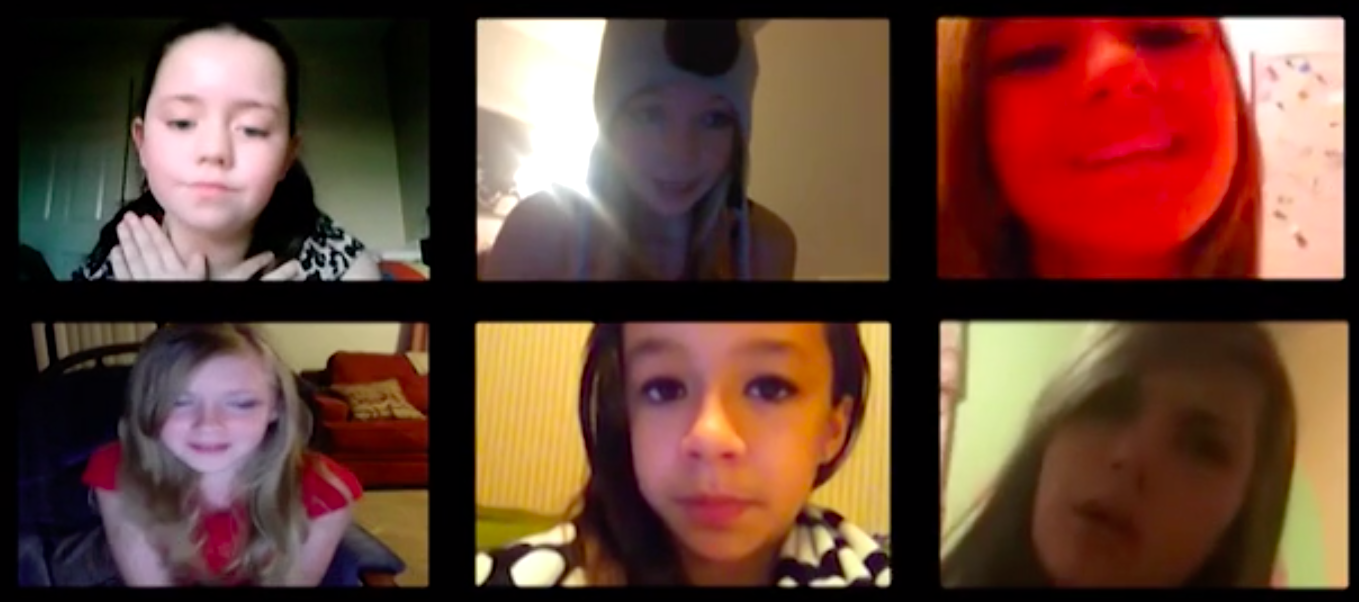The proliferation of smartphone cameras — not to mention social media — has helped push the production of photos past the 1.2 trillion-images-a-year threshold in 2018, according to Wired, giving social scientists the ability to study what kind of effects such technology has on human beings.
As part of its Tech Effects video series, the magazine examines how sharing photos can affect shutterbugs, from selfie-snappers to pro photographers.
Unsurprisingly, the expectation of how others might react can have a detrimental effect on snapshot takers.
“We call this self-preservational concern or anxiety,” New York University marketing professor Alixandra Barasch says.
Such factors can lessen the enjoyment of taking a photo.
The key, Barasch adds, is “to take photos for yourself in the moment” and then engage in the sharing process at a later time.
Wired reporter Peter Rubin also speaks with outdoor photographer Chris Burkard and enlists his help in analyzing how differently two people can view an image.
Wearing eye-tracking gear, Rubin and Burkard each look at Dorothea Lange’s iconic 1936 image, “Migrant Mother.”
Understanding that artists see the world differently than laypeople is one thing.
Visualizing the different paths their eyes take when viewing an image is an entirely different — and illuminating — experience.



